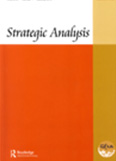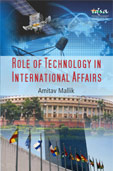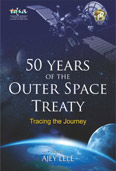ISRO Delivers Ten Satellites at a Go
India’s Space Programme has been contributing a lot towards bestowing ‘Soft Power’ status to the country over the last couple of years. The success of the PSLV-C9 mission on April 28, 2008 is the latest in this regard. In this mission, the Indian Space Research Organisation (ISRO) succeeded in placing ten satellites in space by using a single booster. This is a record given that till date no other country has put a cumulative weight of approximately 825 kilograms spread over ten different satellites in a single attempt into space.
- Ajey Lele
- April 30, 2008












